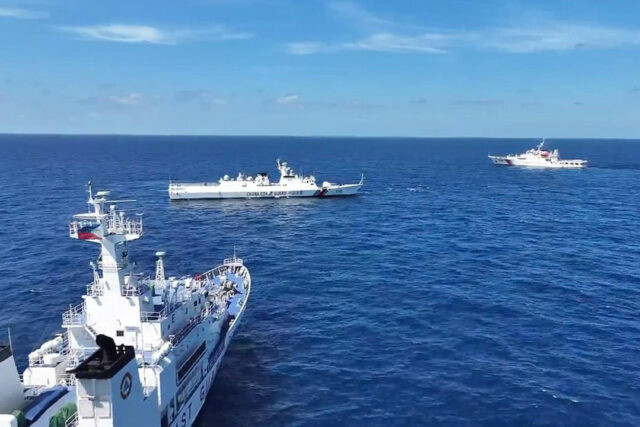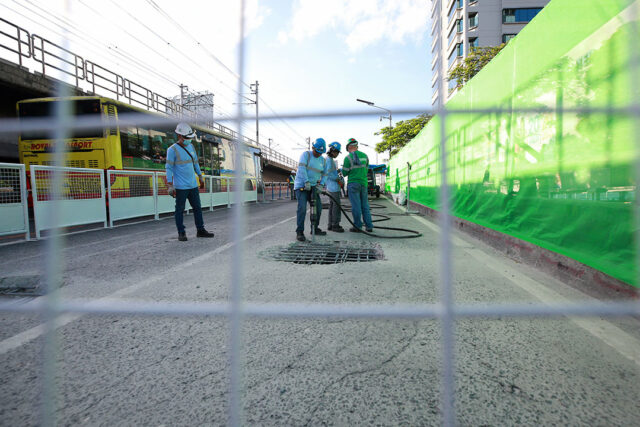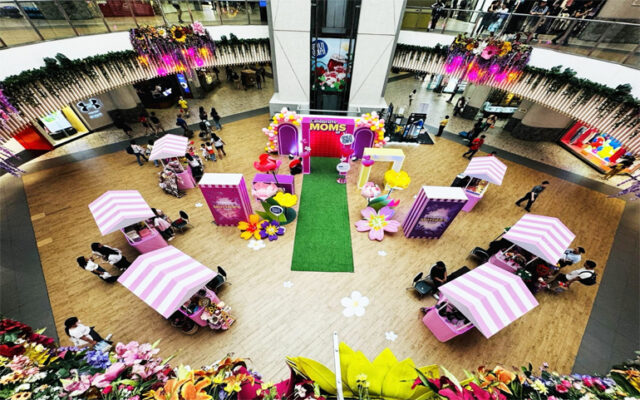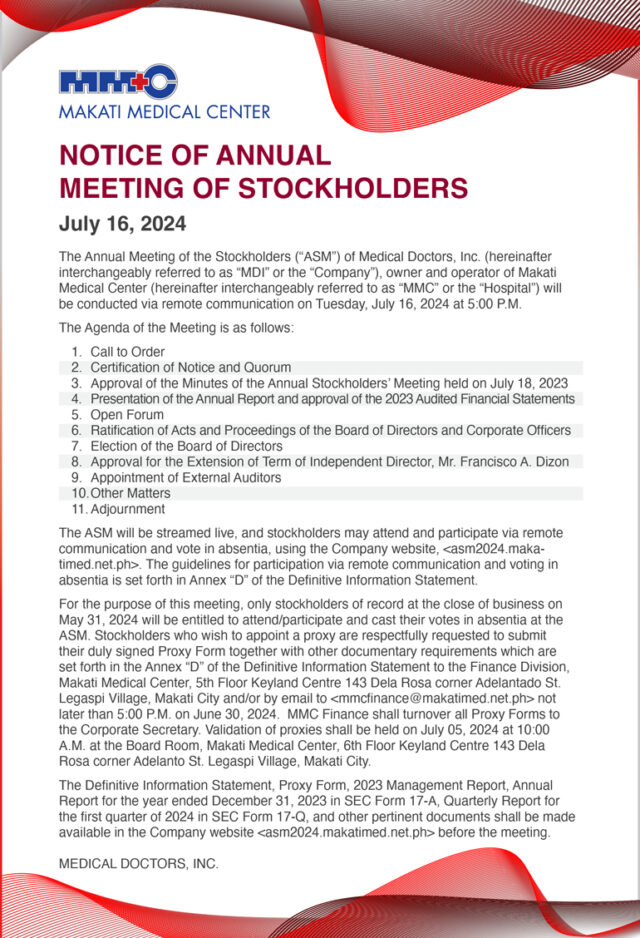In South China Sea dispute, Philippines’ bolder hand tests Beijing
MANILA/HONG KONG – Huddled in the presidential situation room in February last year, senior Philippines officials faced a stark choice.
Military and intelligence leaders watched as coast guard officers showed photos of what the agency said was a military-grade laser that China had pointed at a Philippines ship in disputed waters days earlier.
Eduardo Ano, the national security adviser and chair of the South China Sea taskforce, had to decide whether to release the pictures and risk Beijing’s ire, or refrain from aggravating his giant neighbor.
“The public deserves to know,” the retired general told the officials. “Publish the photographs.”
The previously undisclosed meeting marked a pivotal moment, as Manila began a publicity blitz to highlight the intensifying territorial dispute in the South China Sea, where the ramming of ships, use of water cannons and ensuing diplomatic protests have sharply raised tensions.
“It was a turning point and the birth of the transparency policy,” National Security Council spokesperson Jonathan Malaya, who attended the meeting and recounted the exchange, told Reuters. “The goal was to eventually impose severe costs to Beijing’s reputation, image and standing.”
Malaya said President Ferdinand Marcos Jr had directed officials to “civilianize and internationalize” the dispute, which they had achieved by using the coast guard and routinely embedding foreign journalists on missions. “This became an important component of building international support for the Philippines, because our audience is also foreign governments,” he added.
This account of the Philippines’ policy switch and its implications is based on interviews with 20 Philippine and Chinese officials, regional diplomats and analysts. They said publicizing China’s actions, combined with Manila’s deepened military alliance with the US, had constrained Beijing’s ability to escalate matters at sea but raised the risks of Chinese economic retaliation and US involvement.
The February 2023 meeting occurred days after Marcos granted the US access to four more military bases in the Philippines, rekindling defense ties that had suffered under his predecessor, Rodrigo Duterte.
“China has few escalatory options left without triggering the US-Philippines mutual defense treaty and risking a military confrontation between Chinese and US forces,” said Ian Storey, a security scholar at Singapore’s ISEAS Yusof Ishak Institute.
Mr. Marcos has also pursued a diplomatic offensive, gaining statements of support for the Philippines’ position from countries such as Canada, Germany, India and Japan.
The South China Sea is rich in oil and gas. About $3 trillion in trade passes through it annually. US access to Philippine bases could prove important in a war over Taiwan.
China, whose claims to most of the sea were invalidated by an international tribunal in 2016, says Philippine vessels illegally intrude into waters surrounding disputed shoals. It has warned Marcos, who took office in June 2022, against misjudging the situation.
“This is brinkmanship, poker,” said Philippine legal scholar Jay Batongbacal. “Brinkmanship is taking things to the edge, trying to see who loses his nerve. Poker is a game of bluffing and deception – one could be doing both at the same time.”
In response to Reuters questions, China’s foreign ministry said the Philippines had been stoking tensions with “provocative actions at sea in an attempt to infringe on China’s territorial sovereignty and maritime rights”.
China, it said, would defend its interests while handling the dispute peacefully through dialogue.
A US State Department spokesperson said Manila’s transparency initiative had succeeded in calling greater attention to China’s “disregard for international law” and actions that endangered Philippine service members.
The spokesperson would not comment on the risk of US military involvement but said the US would support the Philippines if it faced economic coercion from China.
‘AWAKE AT NIGHT’
The conflict is over Scarborough Shoal and Second Thomas Shoal, where the Philippine navy maintains a rusting warship, BRP Sierra Madre, that it beached in 1999 to reinforce Manila’s sovereignty claims. A small crew is stationed on it.
Chinese ships have sought to block resupply missions, by encircling Philippine vessels and firing water cannons that in March shattered a boat’s windshield, injuring its crew. Manila released footage of the incident; China said it acted lawfully and professionally.
In February, Philippine ships recorded Chinese counterparts placing a barrier across the entrance to Scarborough Shoal. This week, both sides traded accusations over a collision involving their vessels near Second Thomas Shoal.
Philippine Coast Guard spokesman Jay Tarriela taunts Chinese officials and state media on X, sometimes posting drone footage of maritime clashes. “If I were doing anything incorrect, I would have been shut down,” he said.
Mr. Tarriela said the transparency drive had worked, by galvanising support for Manila while the threshold of China’s aggression had not changed, despite an increase in incidents.
“They are still depending on their water cannon … they are still stuck with that kind of tactic,” he said.
The number of Chinese vessels around Second Thomas Shoal during Philippine resupply missions has grown from a single ship on average in 2021 to around 14 in 2023, the Center for Strategic and International Studies said in January.
Last month, China’s coast guard came within meters of the Sierra Madre and seized supplies air-dropped to troops stationed there, according to Philippine officials. China, whose navy patrolled nearby, said Filipino soldiers pointed guns at its coast guard; Manila said they just held their weapons.
Philippine officials say they fear a fatal accident could escalate into open hostilities.
“That keeps a lot of us awake at night,” the Philippines’ ambassador to Washington, Jose Manuel Romualdez, told Reuters.
Manila also wants to avoid the kind of economic pressure it faced around a decade ago, when protracted Chinese customs checks caused Philippine bananas to rot on Chinese docks.
China was the Philippines’ second-biggest export market in 2023, taking nearly $11 billion worth or 14.8% of all its shipments. China is the Philippines’ top source of imports, mainly refined petroleum products and electronics.
Mr. Romualdez said Manila hoped China would “see the value of continuing our economic activity while trying to peacefully resolve the issue”.
Edcel John Ibarra, a political scientist at the University of the Philippines, said Marcos risks provoking China into “a harder approach”, such as non-tariff barriers and tourism restrictions. He pointed to changes China announced in May that allow its coast guard to detain foreigners without trial for 60 days.
‘PARADIGM SHIFT’
The intensity of Manila’s campaign has surprised its neighbors. Vietnam and Malaysia, which also have maritime disputes with Beijing, have been more cautious about what they release from their skirmishes with China.
“We are all watching this and talking amongst ourselves,” said one Asian diplomat, who was not authorized to be named. “The Philippines has carved out a new strategy in standing up to Beijing over a point of friction.”
Mr. Marcos said in December that diplomacy with China had achieved little, calling on Southeast Asia “to come up with a paradigm shift”.
China’s state media have expressed irritation with the transparency push.
The Philippines has been “playing the victim to deceive international public opinions”, the state-backed Global Times said in an op-ed in May.
A key aspect of Manila’s approach has been solidifying the US alliance. Both countries made clear in May last year that their defense treaty also covers the coast guard. In April, Mr. Marcos participated in an unprecedented summit with his US and Japanese counterparts.
A US official involved in US-China talks that month said Chinese officials have complained about these diplomatic breakthroughs behind closed doors, adding that Beijing was “feeling the squeeze”.
Some Chinese scholars, like Zha Daojiong, at Peking University’s School of International Studies, say the situation is at an impasse and that China will continue to be “essentially reactive” at flashpoints like Second Thomas Shoal.
“By responding to the Philippines’ action, I guess they want to keep the message that this shoal is in dispute,” he said. – Reuters

















